AI Overviews are AI-generated content, which means they can contain hallucinations.
Google uses “grounding” to improve their accuracy, but according to our research, AI Overviews are more likely to cite AI-generated content than human-written content.
Here’s what we found:
We ran each URL through our own AI content detector, which is part of Page Inspect in Site Explorer.
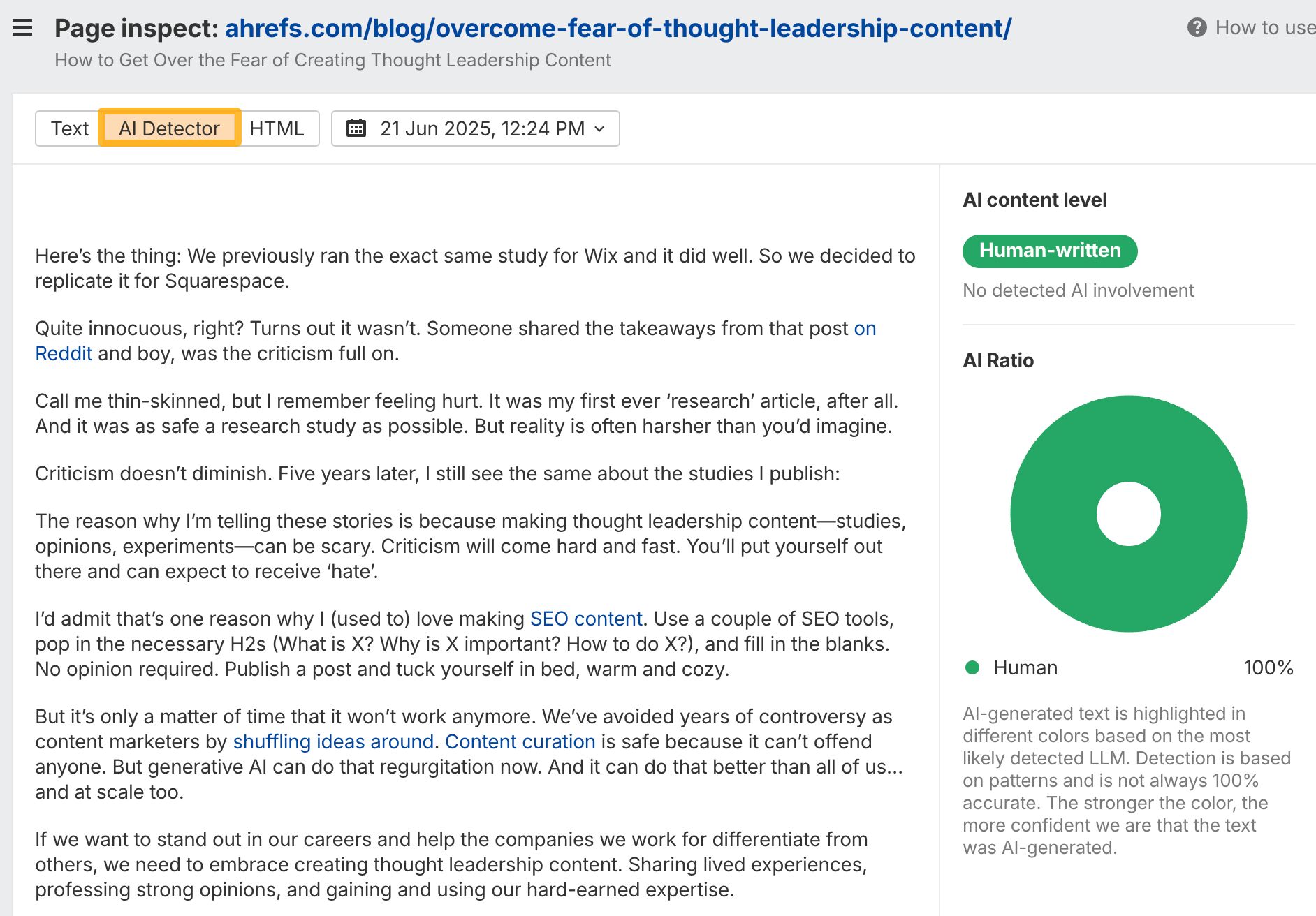
Here’s what our content detector found:
- 3.6% of pages cited in AI Overviews were categorized as “pure AI.”
- 8.6% were categorized as “pure human.”
- 87.8% were categorized as a mix of two.
Of the ones that were a mix of both human and AI:
- 11.2% showed minimal AI use (1-10% of the page content was categorized as AI)
- 44% showed moderate AI use (11-40%)
- 24.7% showed substantial AI use (41%-70%)
- 7.9% showed dominant AI use (71%-99%)
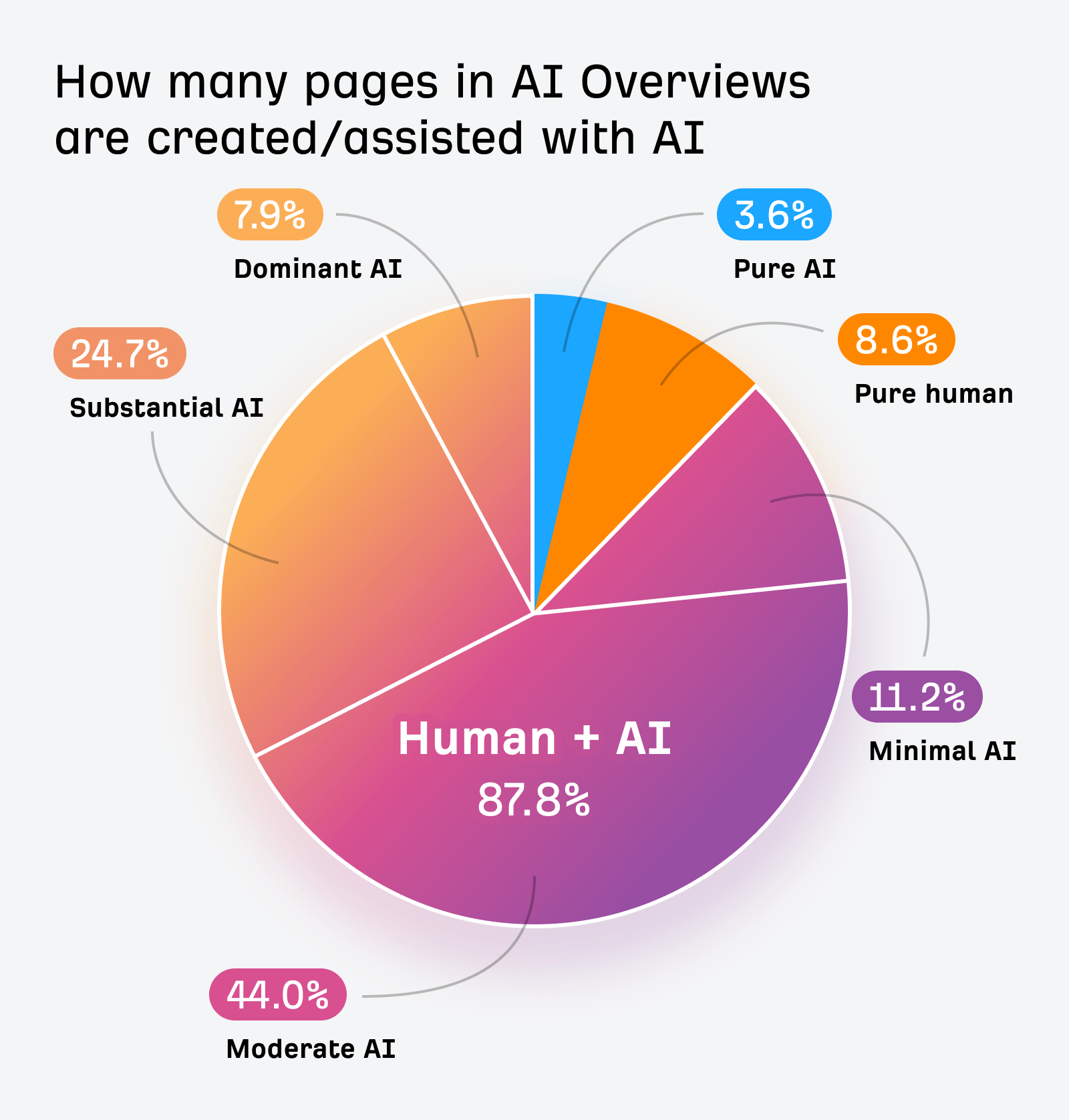
These findings become even more striking when compared to our previous research on AI content across the web. In our analysis of 900,000 new pages, we found that:
- 2.5% of pages were categorized as “pure AI.”
- 25.8% were categorized as “pure human.”
- 71.7% were categorized as a mix of the two.
Even though this research looked only at new pages (and not all cited URLs in AI Overviews will be new), this suggests that Google’s AI Overviews might show a bias toward citing AI-generated or AI-assisted content compared to the general distribution of content on the web.
Sidenote.
No AI content detector is perfect. Like LLMs, AI detectors are statistical models. They deal in probabilities, not certainty. They can be incredibly accurate, but they always carry the risk of false positives. You can learn more about how AI detectors work, and why they’re useful, in these articles:
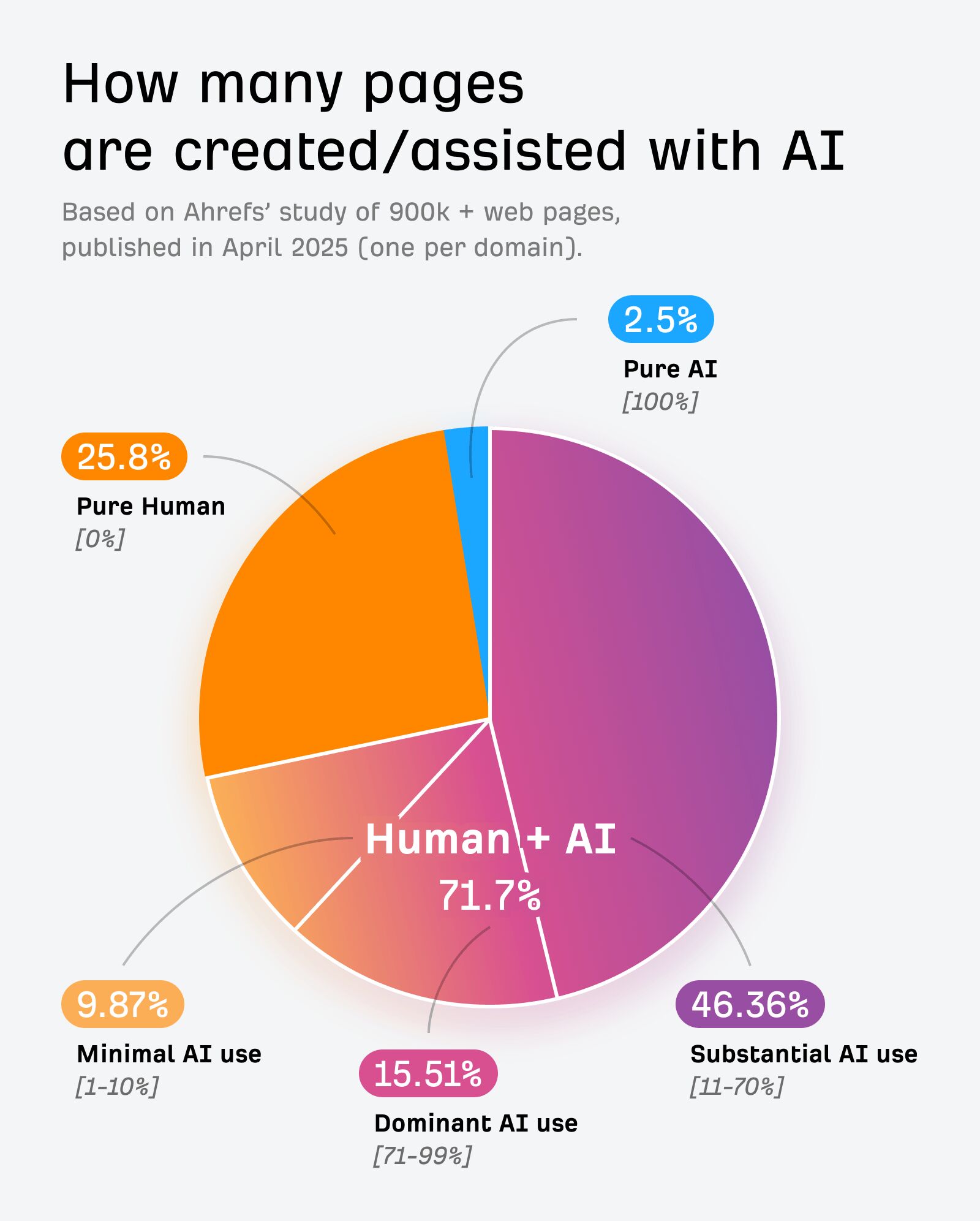
Google depends on creators for content. But creators are increasingly using AI to create or assist with content creation. For example, in our State of AI in Content Marketing report, where we surveyed 879 marketers, 87% of respondents use AI to help create content.
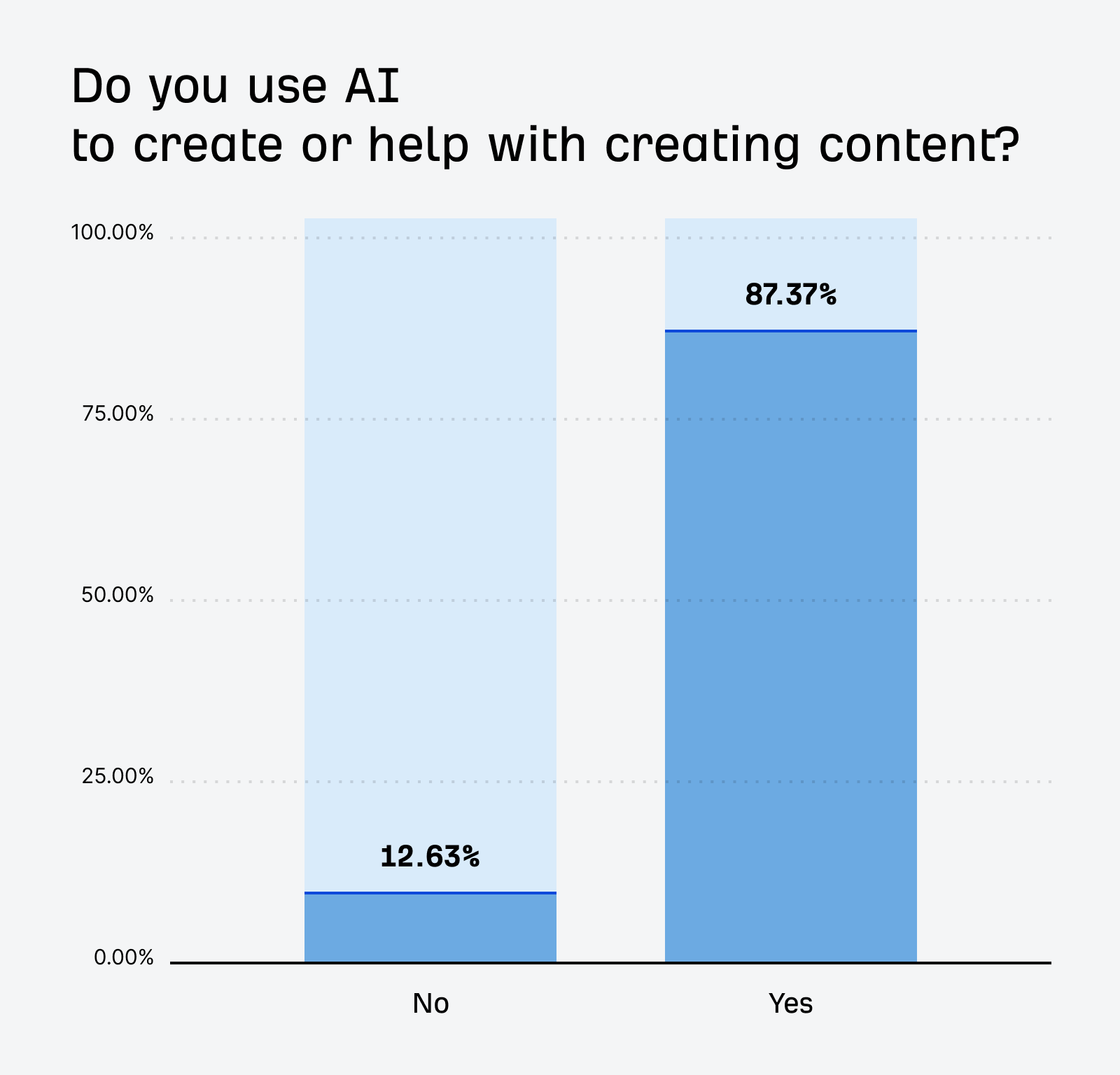
And even though Google’s trying to improve accuracy through retrieval-augmented generation (RAG), we’ve also found that 86.5% of top-ranking pages contain some amount of AI-generated content.
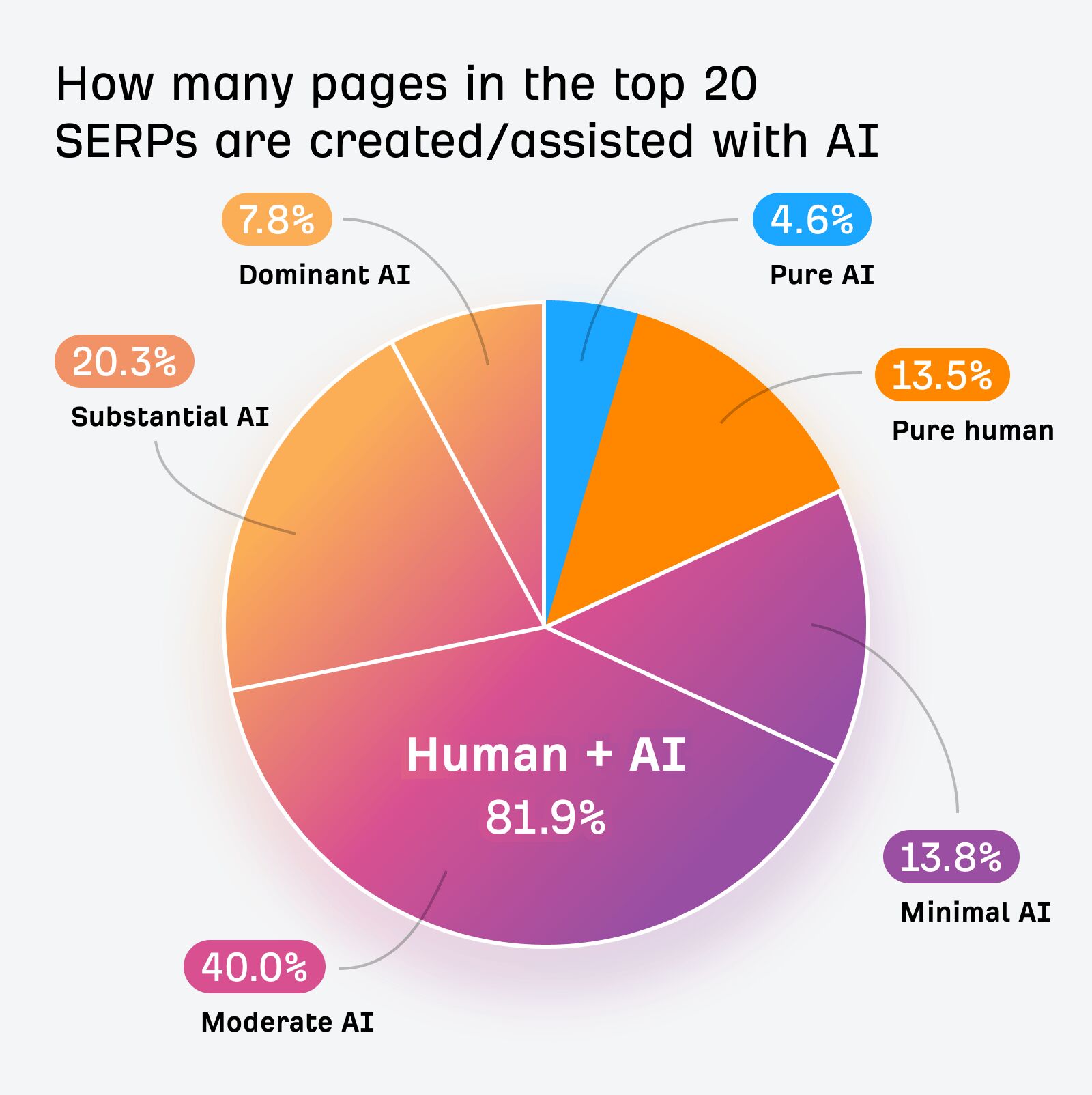
This means AI Overviews are drawing from a content ecosystem that’s increasingly AI-generated. We’re potentially witnessing the emergence of an AI content ecosystem where machines talk to machines.
Start using AI Content Detector
Ahrefs’ AI Content Detector is part of Site Explorer. Just enter any URL, go to Page inspect, then click on the AI Detector tab.
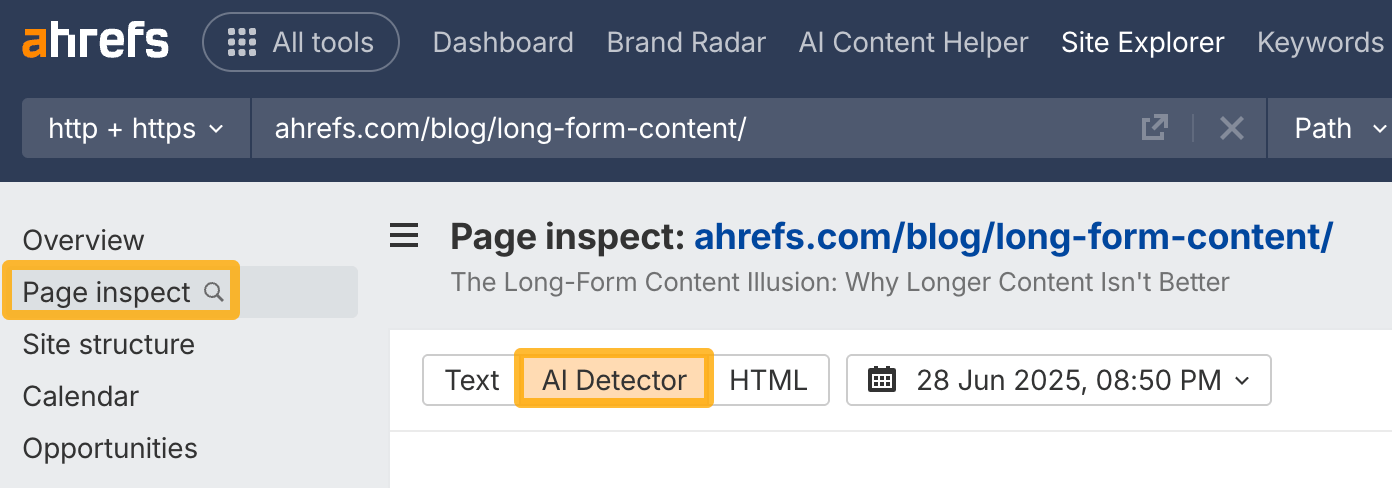
It’ll tell you what percentage of the content is AI-generated and which LLM was used.

Similar Posts

Microsegmentation using NSX Security Intelligence – Part 2 – Policy Recommendations
Welcome to Part 2 of the microsegmentation blog series using NSX Security Intelligence. In the previous…

How to re-run a Workflow with the same input parameters in VCF Orchestrator
There are numerous use-cases when I need to programmatically trigger a workflow. In such cases, I…
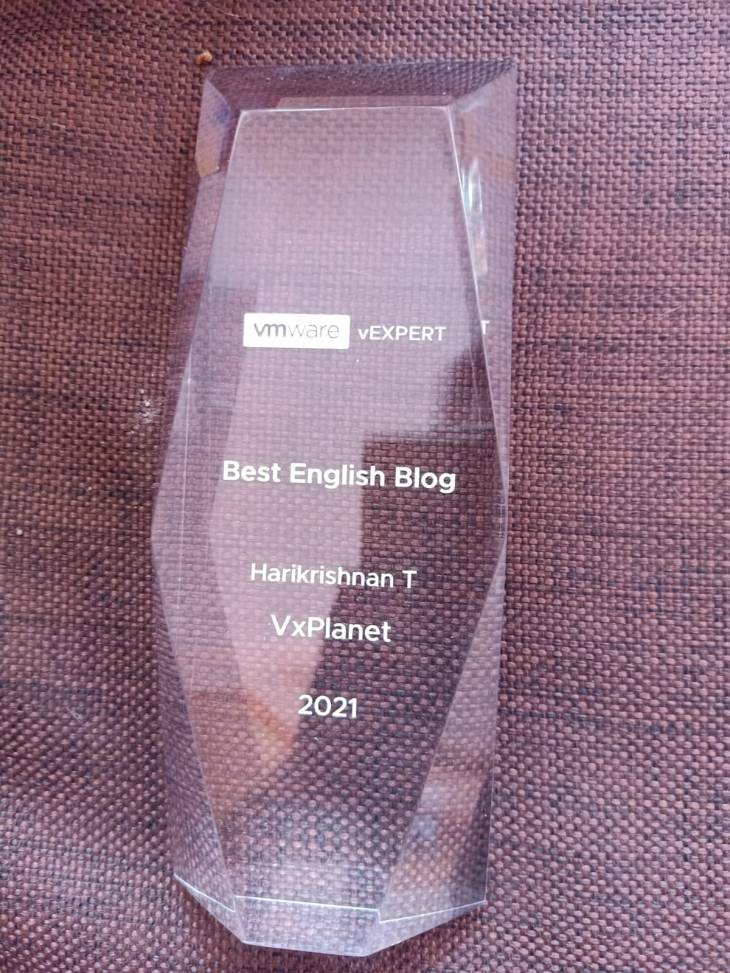
vExpert Best English Blog 2021
Today I received the much awaited shipment of my award for the Best English blog from…
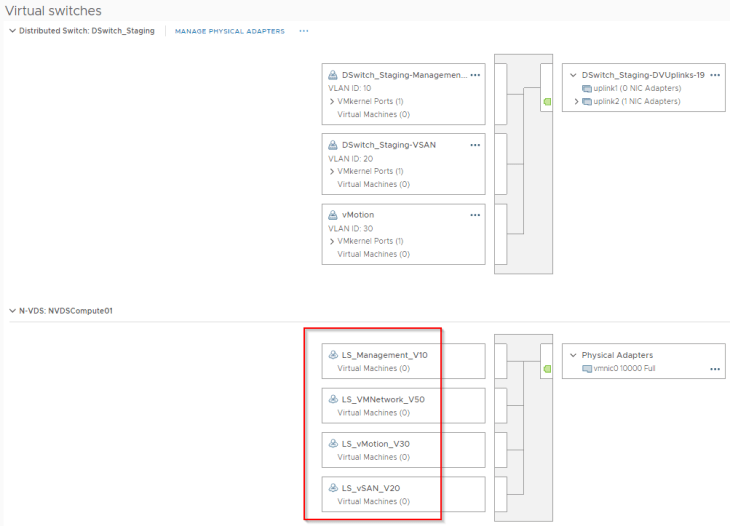
NSX-T N-VDS Topologies and Migrating Host Networking between vSphere DVS & N-VDS
NSX-T deploys its own host networking switch on the ESXi /KVM Transport hosts called N-VDS –…
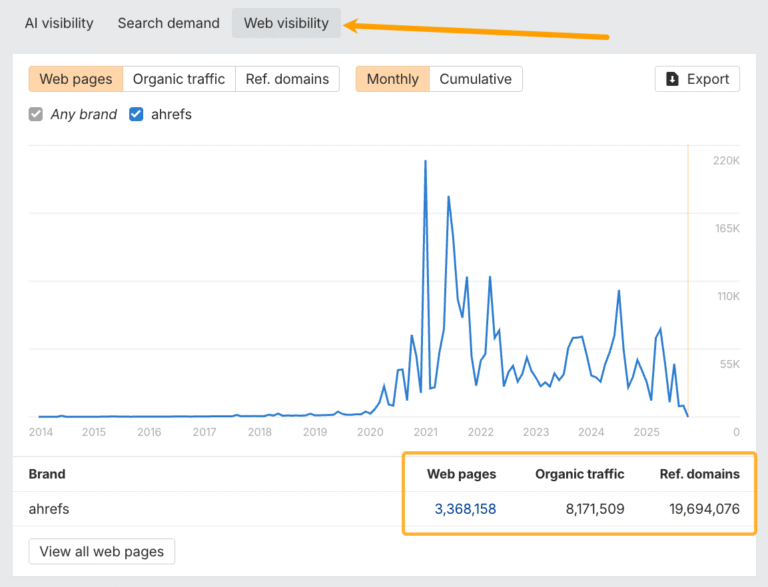
How to Audit Brand Mentions for Modern SEO
Brand mentions are to AI search what backlinks are to traditional SEO. Links tell Google who…
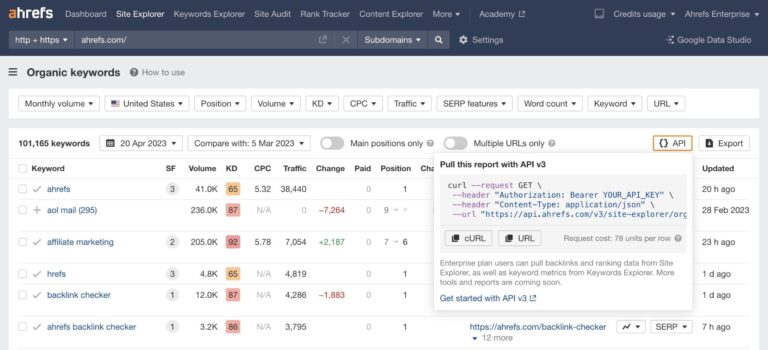
13 Technical Marketing Skills You Can Learn (Even If You’re Not Technical)
Many marketers hit limits not because they lack ideas, but because they can’t execute or scale them….